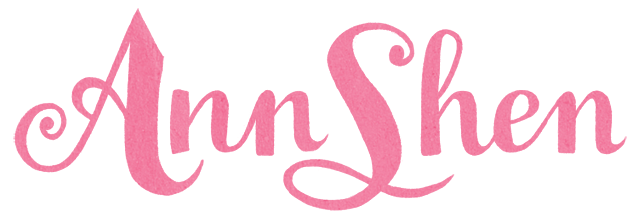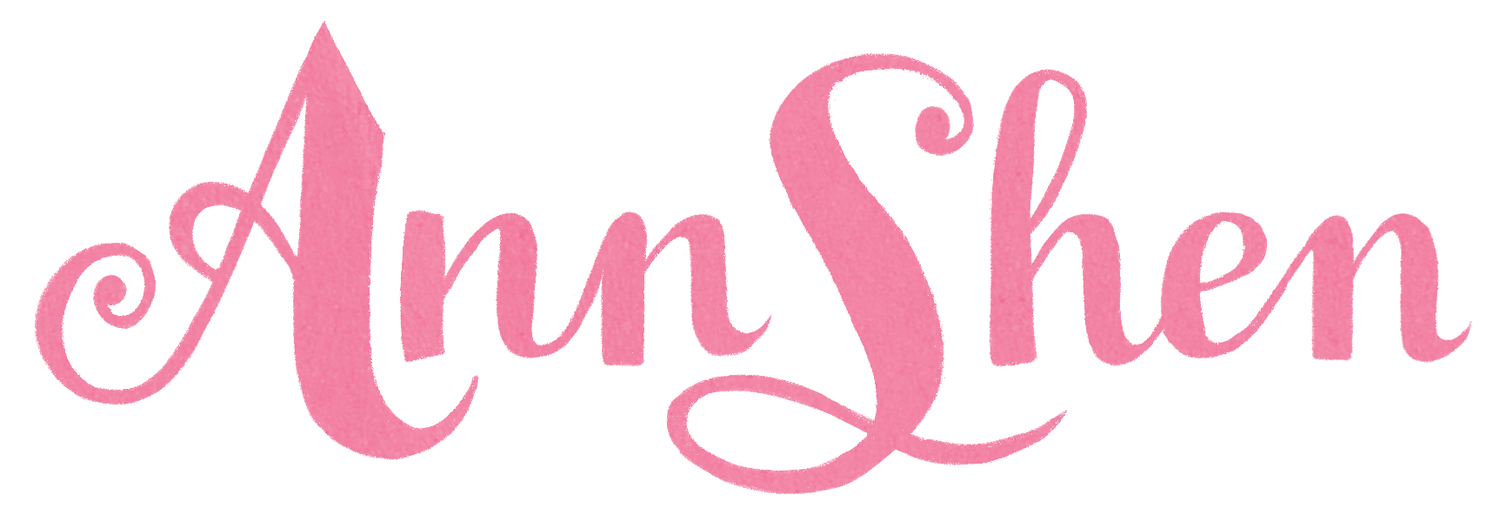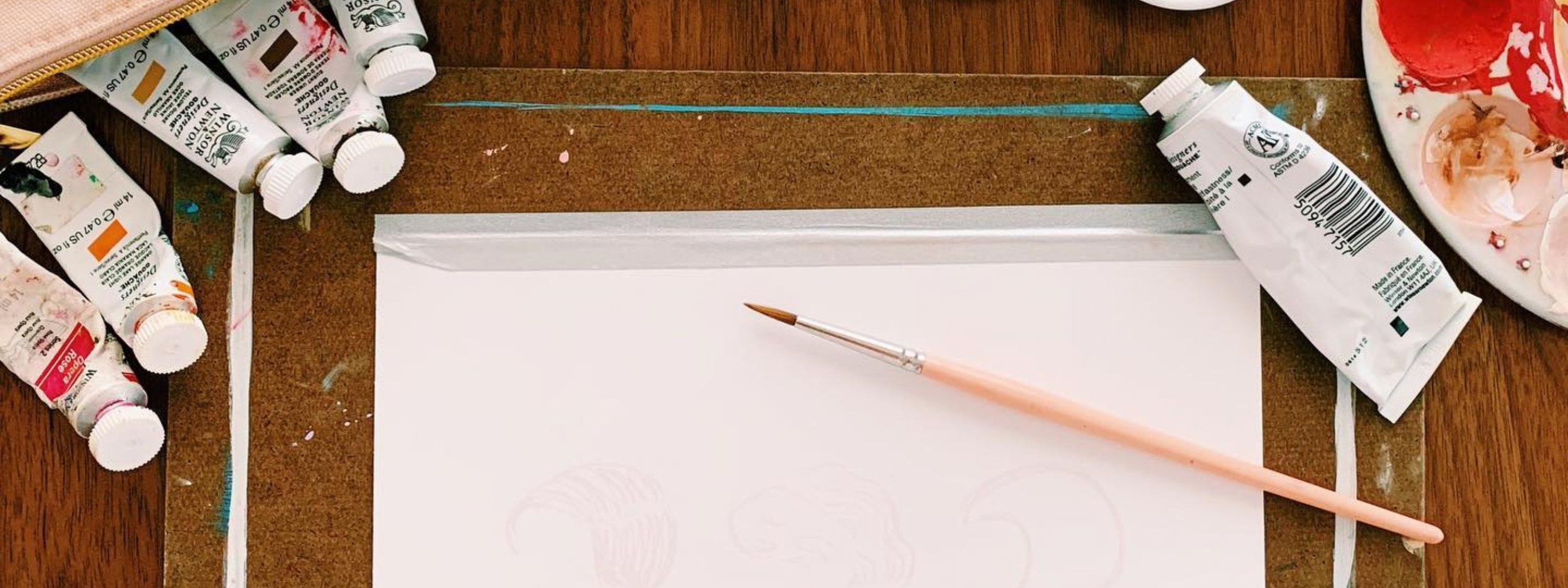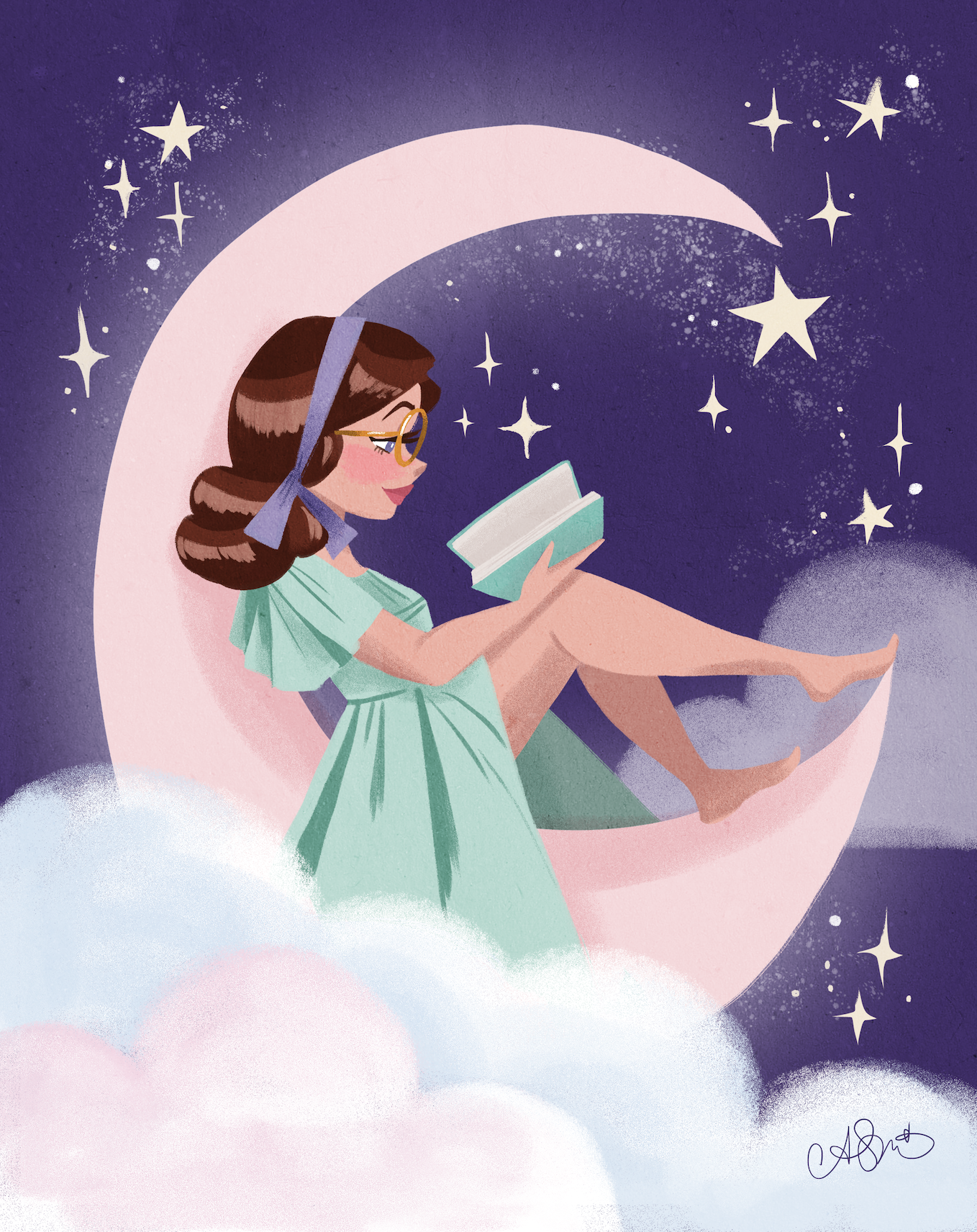How to Find Your Artistic Style
One of the questions I get the most is, “How do I find my artistic style?”
Finding your style is one of the most challenging and rewarding journeys of being an artist. It will take time to develop your own unique style, and you’ll always be evolving – that’s the joy of being an artist. But developing an identifiable style is also one of the most important things an illustrator and artist has in their arsenal – you’ll get hired for it.
There are a lot of traps and pitfalls on the way to finding your style, so I’m covering my top three tips for finding your style and one major mistake to avoid in this post.
1. Study your favorite artists
Pick three of your favorite artists. Even better if they’re all long gone. I’ll explain more about this at the end of this post.
Got your three artists? Great. Now pick your favorite piece(s) from each artist, and analyze why you love them. Write your answers to the following questions down in your sketchbook:
• Why do you like this piece?
• What appeals to you?
• What is the feeling this creates for you?
• What is one thing you’d love to incorporate into your work?
If you’re feeling lost about the answers, think even more analytically by breaking the piece down into its parts. Is it the color? The shape language? The story? The style? How would you describe the style in words? What are the emotions the piece evokes? What is the story the artist is conveying?
Then take one element that you highlighted to incorporate into your work and on to the next step…
2. Follow your curiosity
Make time to experiment and explore for fun. Make art inspired by what you just studied from your favorite artists.
Create a piece using one of the elements you loved about their work. Maybe try using the mediums they used – how about Edward Degas’ pastels? Henri Matisse’s paper cuts? Alternately, use your medium of choice and incorporate the elements that you liked from each artist into something wholly your own. Perhaps you love the way Georgia O’Keefe painted florals - recreate that digitally while painting a new and different subject.
Go even deeper and play with multiple elements from different favorite artists.
Example: make a self-portrait like Frida Kahlo did, but mix in elements of your personal background and story. Maybe create this self-portrait completely in cut paper!
By taking the things you studied and mixing them all together, you’ll discover your taste. Embracing your personal story, where you came from, who you are, what you like, and what you create art about it – that’s your voice coming through.
Pick a subject particularly interesting to you then use what inspires you from your favorite artists and mix in your own tastes and interests. This creates something new.
Don’t be afraid to embrace the things that you’re curious about! Especially the things that you might think are cringe — you will find your audience this way. There are plenty of other people out there who love what you love. By authentically following your curiosity, you’ll be squarely on the path to finding your style and your people.
Also: take the pressure off!
You might create some art that you find unbearable. You don’t ever have to show anyone. You can always throw it away. I guarantee you will learn something along the way if you just try. You’re on the path to finding your style by following your curiosities. Eventually, you’ll get to the actual gold — finding the things you’ll want to incorporate into your practice and hence, developing your style.
3. Develop your color palette
Having a strong, identifiable color palette can be incredibly beneficial to defining your style! Colors are a big part of branding, and having your unique go-to color palette can help make your work look immediately identifiable.
That doesn’t mean you’re always limited to certain colors for artwork, but it can mean you have a distinct voice that art directors and clients know what to hire you for. Perhaps you live in the world of earthy pastels, like Claude Monet. Or you’re into psychedelic saturated primaries, like Yayoi Kusama. From these examples alone, you can see their styles are not limited by colors – but their color palettes definitely are distinct to their style.
Here’s an example of how I use color to unify my work!
Want to learn how to discover your own unique color palette? I have a course on Color Theory that will help you do just that! The class makes color theory fun, and I share a secret trick that will help you nail your color story in one easy step.
The #1 thing to avoid when finding your style:
Copying your favorite artists
In art school, we learned by doing what are called “master copies”. They were literally copies of master artists like George Bridgman or John Singer Sargeant. By doing these, we learned a lot about how masters handled line, rhythm, color, and light. It’s something students and beginners do to learn, and it’s ok for learning. You can copy your favorite artists to your heart’s content in the privacy of your sketchbook or tablet, but you may not under any circumstances pass off this work as your own for professional or business gain.
The major pitfall I see often with newer artists is the tendency to continue copying their favorite current artists. This is different from studying their favorite artists, which I covered in my first tip. Studying artists requires a lot of work on your part to analyze why you like a certain piece or artist’s body of work, what appeals to you, and how to incorporate it into your work. Copying doesn’t do you any favors or help you become a better artist.
Why copying your favorite artists doesn’t work
I see a lot of artwork that is derivative of existing professional artists. And I get it! They have amazing careers and you want that for yourself too. But what you don’t see is the thousands upon thousands of hours, years upon years, that these artists spent developing their own style to the point that they are getting hired for it.
When you copy someone who is already working professionally and is known for that style, you will get less quality work, if any at all. The original artist already exists, and clients or customers don’t need a carbon copy of them.
You are doing a great disservice to yourself if you just make yourself a second-rate version of someone else. This is also why it’s good to study art, art history, and artists you admire who are long gone. You lessen the chance of copying a contemporary artist and possibly ripping them off. Trust me, we all have the internet and know who you’re looking at.
This oft-repeated quote from Picasso often misses the point with people. I saw this quote in art school, and I interpreted it to mean that to be a great artist, you have to take something and make it your own. You don’t just borrow (copy) someone else’s style. You take what you like, and you make it all uniquely your own. You don’t draw a rose the way someone else draws a rose; you draw a rose the way you see a rose.
I hope these tips are helpful, and at the end of the day, your journey is your own. By taking steps to discover your own style, you will one day soon find yourself sharing your voice. Your story matters, and we need your unique voice in this world. Keep going, keep growing.
For more art tips and inspiration on my YouTube channel!












